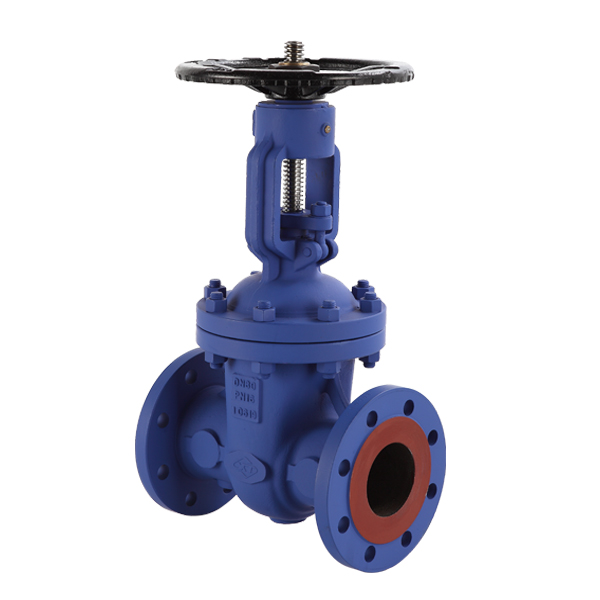Yes, Gate valves are bidirectional. They are used for a wide variety of applications, including fire protection, water treatment, and manufacturing. These valves offer a simple design, which makes them an economical choice for large pipe diameters. They are available in many sizes, with metric (PN) or imperial-type flange patterns.
Gate valves are typically used in high-pressure systems, such as power plants and chemical manufacturing. These valves can handle a wide range of liquids and gases. However, they are more susceptible to corrosion than ball valves.
The two main types of gate valves are non-rising and rising stems. Non-rising valves have a stem that is inserted into a wedge. When the valve is opened, the valve stem lifts the wedge, and the sealing element expands. This minimizes pressure loss.
Rising stem valves, on the other hand, are a type of valve that operates by lifting the gate stem up. These valves are usually made from cast steel. Unlike non-rising valves, these have external threads.
The main difference between the two types is the way they are marked. Ball valves have horizontally turning stems, while gate valves have vertically moving stem.
How the Direction of Gate Valves Works?
Gate valves are one of the original valve designs. These multiturn valves have a free bore and are typically used for liquid service. Their low-pressure loss and reduced face-to-face length make them ideal for liquid on-off service.
A gate valve is a valve that functions by lifting the gate out of the flow path. This allows the pipe to be cleaned with a pig. The design of a gate valve also provides adequate water tightness. However, if a valve is not used properly, it can cause corrosion and wear. To avoid these problems, choose a reliable gate valve.
Gate valves are available in a variety of shapes and sizes. They are also suited to a wide range of applications. Commonly used for water and wastewater, gate valves also serve in chemical plants, pulp stock, and oil wells.
The body of a bidirectional sealing gate valve is made of durable ductile iron. This style is available in a compact wafer design. In addition, a metal seal element is a part of the valve assembly. It ensures that the pressure relief port is kept closed by the inlet passage seat assembly.
A uni-directional/bi-directional sealing gate valve comprises the valve gate chamber, the valve gate, and the float passage. Each of these components has a groove for pressure communication between the gate and the body flow passage.
Bidirectional knife gate valves are designed to provide adequate water tightness without the build-up of solids. They are generally used in industrial and mining applications and are suitable for abrasive slurries.
If you are looking for a valve manufacturer that offers quality stainless steel casting products, look no further than XINTAI Valve. They have over 20 years of experience in the industry and have recently gained CE authentication. XINTAI has a wide variety of products, including cast balls and wedge valves.
XINTAI’s gate valves are widely used in the petroleum and chemical industries. These products are designed according to international standards and have gained an excellent reputation for their reasonable prices. XINTAI products are available in a range of sizes and materials.










